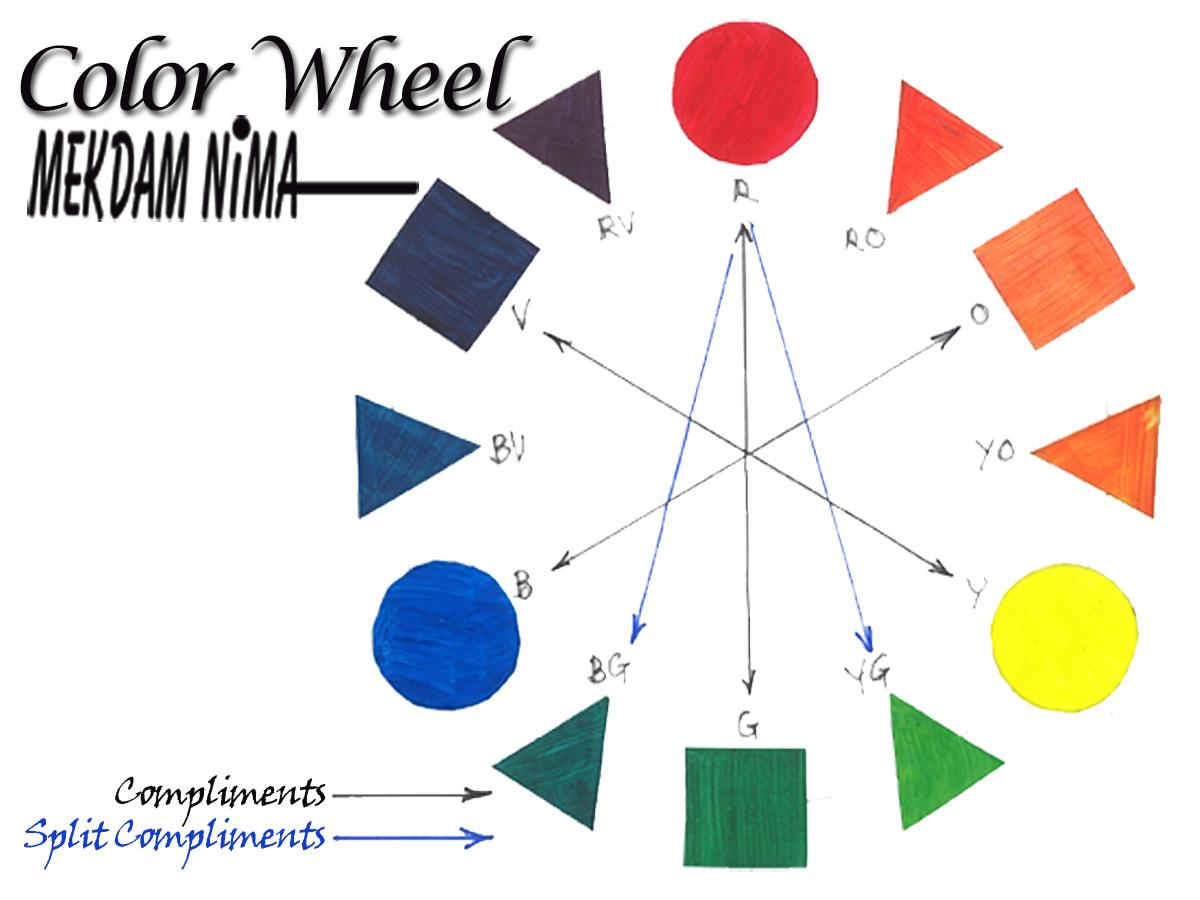

The Printers' color triangle is the set of colors used in the printing process. The primary hues are red, blue and yellow. The Painter's color triangle consists of colors we would often use in art class-those colors we learn about as children. Some colors remain visually neutral or indifferent.Ĭolor relationships may be displayed as a color wheel or a color triangle.Tints or hues with a low saturation appear lighter than shades or highly saturated colors.Cool, low saturated, dark value hues are "passive" and visually recede.Most often warm, saturated, light value hues are "active" and visually advance.Advancing hues are most often thought to have less visual weight than the receding hues.Passive colors appear to recede when positioned against active hues. Active colors will appear to advance when placed against passive hues. The color wheel can be divided into ranges that are visually active or passive. Tertiary Colors: Those colors achieved by a mixture of primary and secondary hues.Ĭomplementary Colors: Those colors located opposite each other on a color wheel.Īnalogous Colors: Those colors located close together on a color wheel. Secondary Colors: Those colors achieved by a mixture of two primaries. Primary Colors: Colors at their basic essence those colors that cannot be created by mixing others. Begin a color wheel by positioning primary hues equidistant from one another, then create a bridge between primaries using secondary and tertiary colors. A color wheel (also referred to as a color circle) is a visual representation of colors arranged according to their chromatic relationship.


 0 kommentar(er)
0 kommentar(er)
